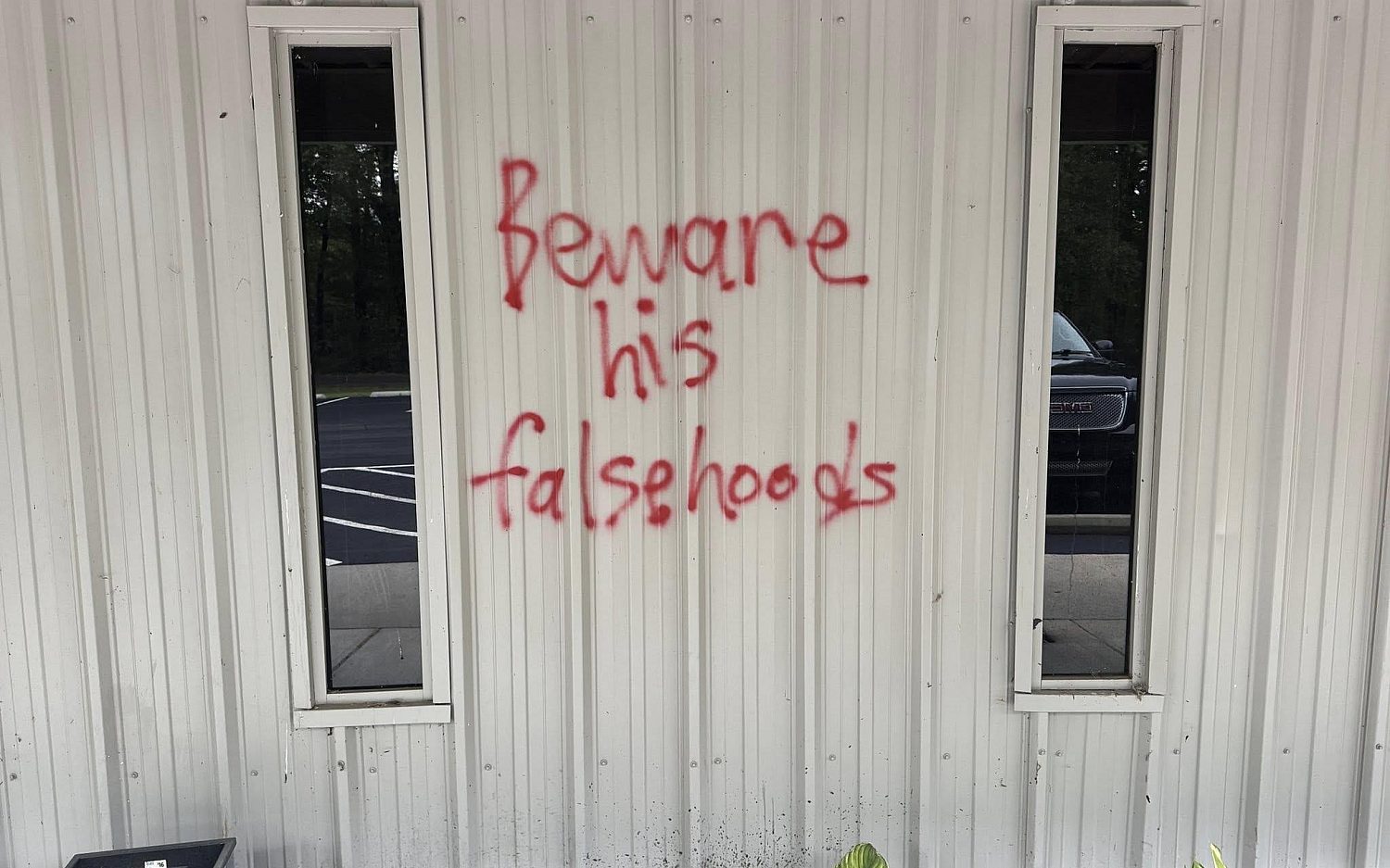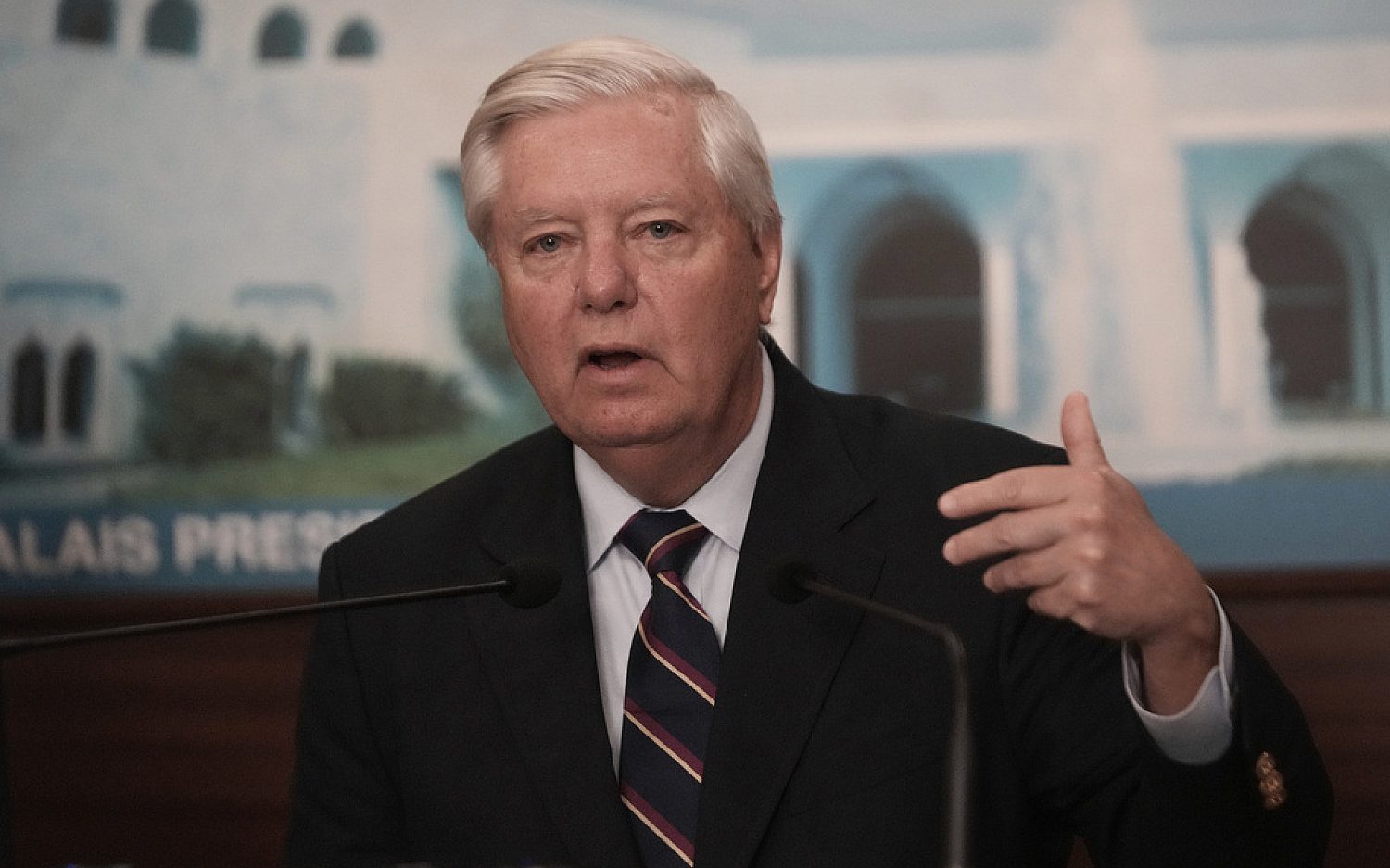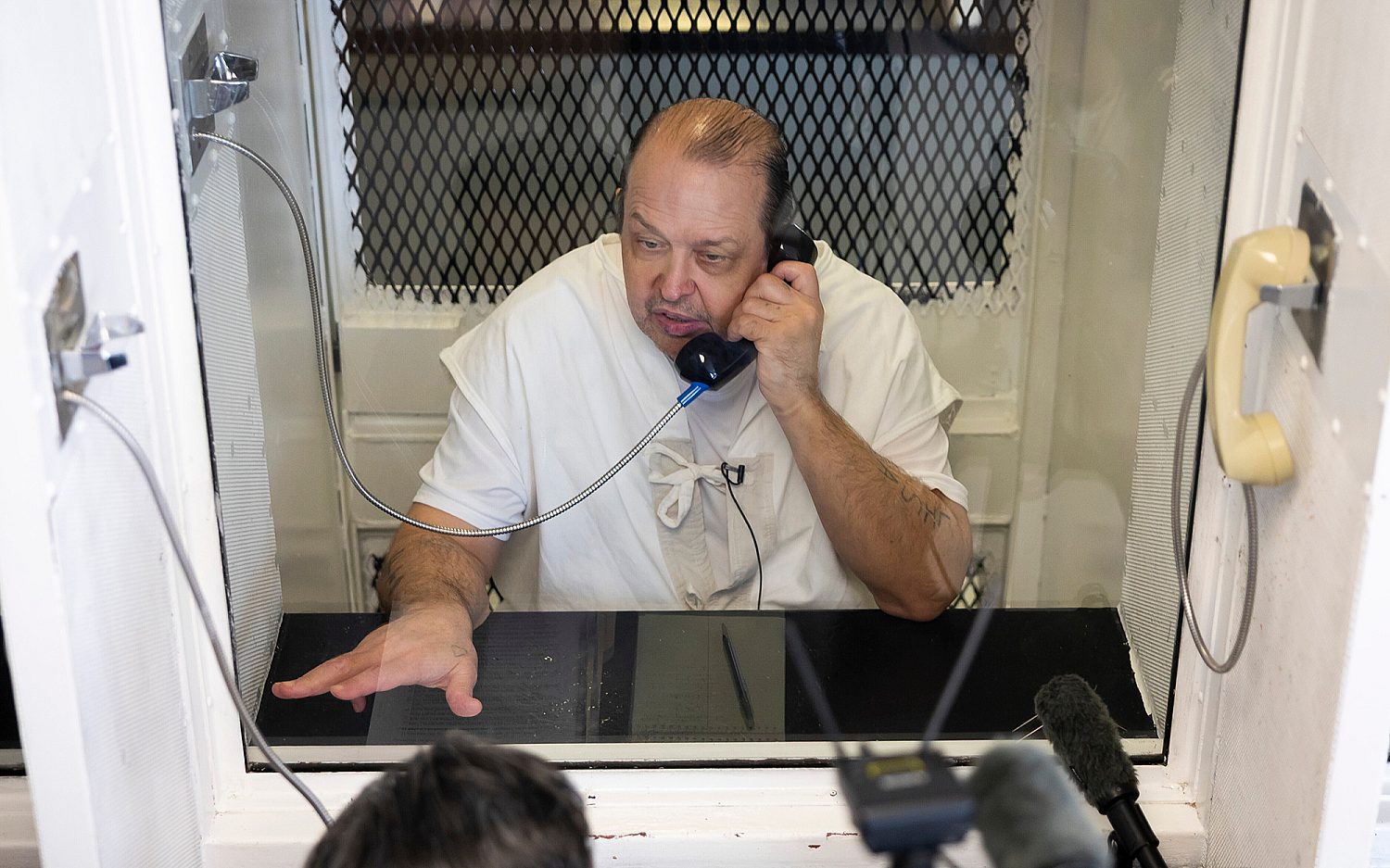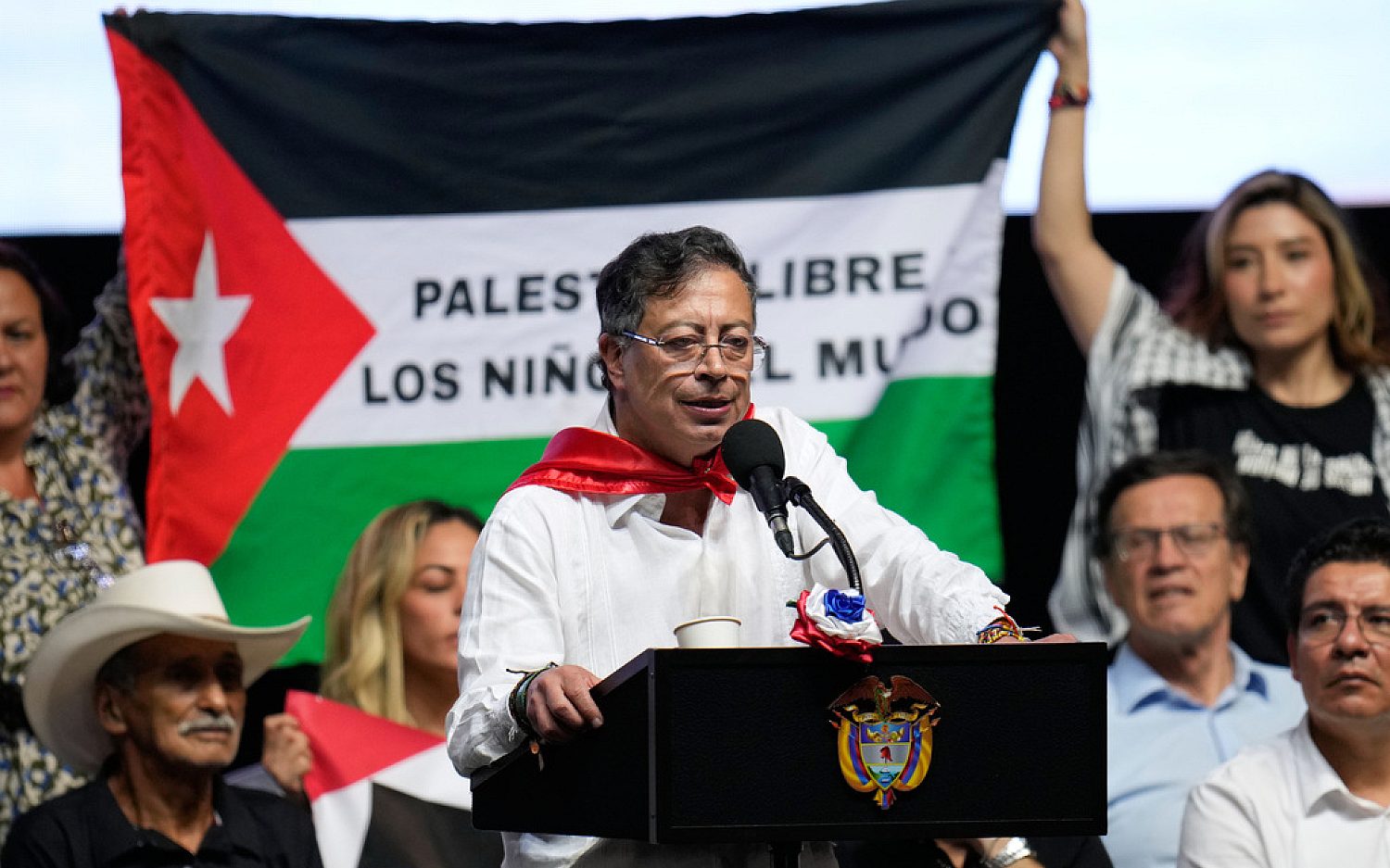Could buried nuclear reactors be a safer energy solution?
Small underground nuclear power plants may herald the future for an energy industry under intense scrutiny after Japan’s Fukushima disaster, but America may not see them for many more years due to uncertainties with funding and regulations.
About the size of a couple of semi-trailers, the modular plants could be safer and cheaper than their behemoth counterparts. With factory-built parts that are slotted together like Lego blocks and hauled by train or truck, the plants can be assembled anywhere.
William Magwood, the incoming director of the Paris-based forum for nuclear energy countries, said the United States expects the first licensing applications to build one of the small, modular nuclear reactors in the second half of 2014, a key test to learn whether they can exist beyond the theoretical.
Although the Energy Department has sunk $450 million into a multi-year effort to persuade the industry that the technology can be developed profitably, companies have been drifting away from the project, citing funding and regulatory questions. It would be at least another six years before one could be built, Magwood said.
“Anything with nuclear takes a while, and that’s appropriate when you’re talking about a technology that has to be built correctly,” Magwood said. “We haven’t built one, so we don’t know whether they’re going to be financially successful.”
In addition to profitability concerns, safety fears could cause even communities hungry for new sources of power to hesitate, just three years after the meltdown at Japan’s Fukushima Dai-ichi plant. In the United States, the untested technology is competing with a shale gas boom that upended the market.
Microsoft founder Bill Gates, an enthusiastic supporter of nuclear power, has provided investment funds for expanding a technology he believes can provide affordable electricity to the world’s poor and help combat climate change.
“If you could make nuclear really, really safe, and deal with the economics, deal with waste, then it becomes the nirvana you want: a cheaper solution with very little CO2 emissions,” Gates told Rolling Stone in an interview last month.
Robert Rosner, a physicist at the University of Chicago’s Energy Policy Institute, cautioned against seeing the new technology as the solution for the developing world. Rosner said the units are safer because they’re protected underground against both internal accidents and external attacks, but the effects of nuclear meltdown are both far-ranging and long-lasting.
“The people that operate them have to know what they’re doing and they have to mean it,” Rosner said. “They can’t be complacent about safety and security.” He pointed out that the essence of the technology is there already, in the reactors that power U.S. nuclear subs.
Despite its potential, one of the problems in turning the theory of modular reactors into reality is that the countries most able to make the investment have less incentive to do so. Both France—whose nuclear plants produce three-quarters of its energy—and the United States are more likely to extend the life of their aging plants to 60 or even 80 years.
The Associated Press contributed to this report.
An actual newsletter worth subscribing to instead of just a collection of links. —Adam
Sign up to receive The Sift email newsletter each weekday morning for the latest headlines from WORLD’s breaking news team.




Please wait while we load the latest comments...
Comments
Please register, subscribe, or log in to comment on this article.